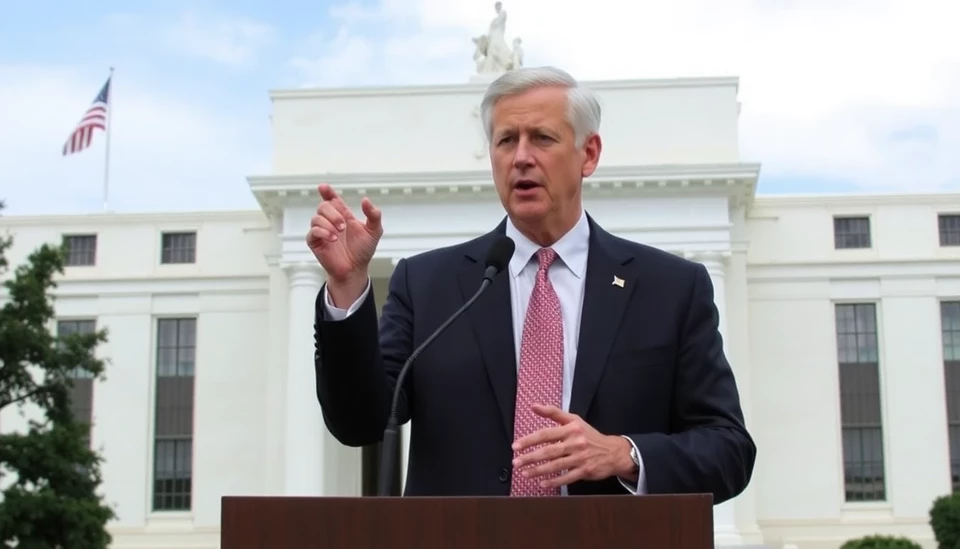
The Federal Reserve watchdog recently indicated that the central bank should do more to diversify its workforce. In the report, one ongoing issue has been highlighted in one of the most powerful financial institutions in the nation. The Federal Reserve holds the most important position when it comes to setting economic policy, and the lack of diversity in the ranks has come under increasing criticism.
The OIG audited the Federal Reserve's Human Resources department and noted several areas for improvement. In a report published September 30, 2024, it expressed that the Board is falling short on some attempts in trying to bring a diverse and inclusive workplace environment.
The findings indicate that while various policies and programs have been implemented to increase the diversity of the workforce even further, these changes have neither been deep enough nor extensive enough to definitively change the outcome. The report took note of demographic imbalances across the different levels of the workforce but especially highlighted the lack of minorities in leadership and specialty positions.
The assessment by the OIG reinforces a growing trend both in many industries and sectors where diversity and inclusion have taken center stage as an aspect of organizational culture. What the watchdog report insinuates is that for the Federal Reserve to effectively work towards its goals of diversity, there will be a greater need for a more rigorous and structured approach.
In light of the report, the Federal Reserve Board commented that it realizes there is a need for improvement and reassured that it is committed to fostering a workplace environment that values and promotes diversity, equity, and inclusion. Yet neither a timeline nor specific strategies were provided in response to the identified gaps.
This development comes at a time when the central bank is trying to thread a complicated needle of economic challenges and when its decisions go a long way in affecting the broader economy. Diversity is increasingly being recognized as an essential factor in making well-rounded policy decisions, and the extent to which the Fed is able to harness diverse viewpoints may affect its future effectiveness and credibility with the public.
This also is not the first time there has been a critique of the diversity practices of the Federal Reserve, as their similar review last year brought a number of shortcomings into the light and preliminary steps toward reform. The current report, however, indicates that substantial progress has not been made as a result of those steps so far and more aggressive ones may be called for.
With the Federal Reserve still very influential in setting economic policy, this puts more considerable pressure on it from within to reinforce the bigger picture that diversity is an economic imperative, much as it is a social one. A workforce that reflects the population it is supposed to serve can understand and respond to the nuances of different economic situations and scenarios.
This report from the Office of Inspector General serves as a call to action for the Federal Reserve Board to further commit itself to diversity and inclusion. The inclusion of the wide ambit of skills and perspectives is indeed fair, but it leads to an increased set of abilities that the institution possesses and, therefore, enables it to carry out its mandates effectively. The financial sector, among others, may keenly monitor how the central bank addresses these important questions in the future.
#FederalReserve #diversity #inclusion #FederalReserveBoard #economy #OIGreport #centralbank #workforce #economicpolicy #diversityandinclusion
Author: Rachel Greene




